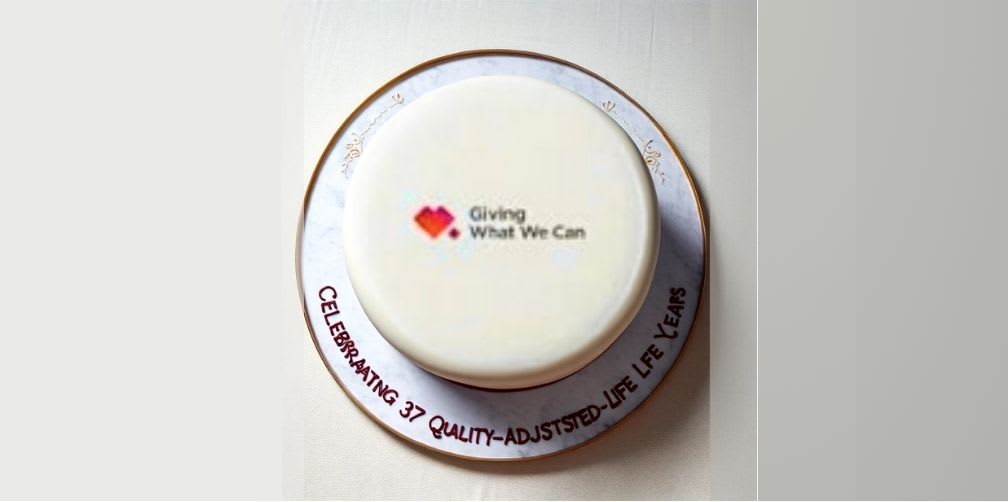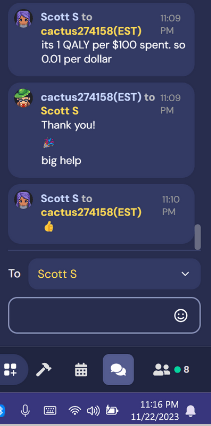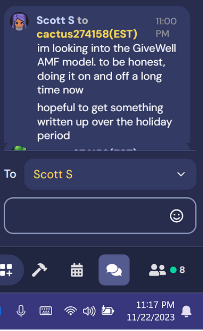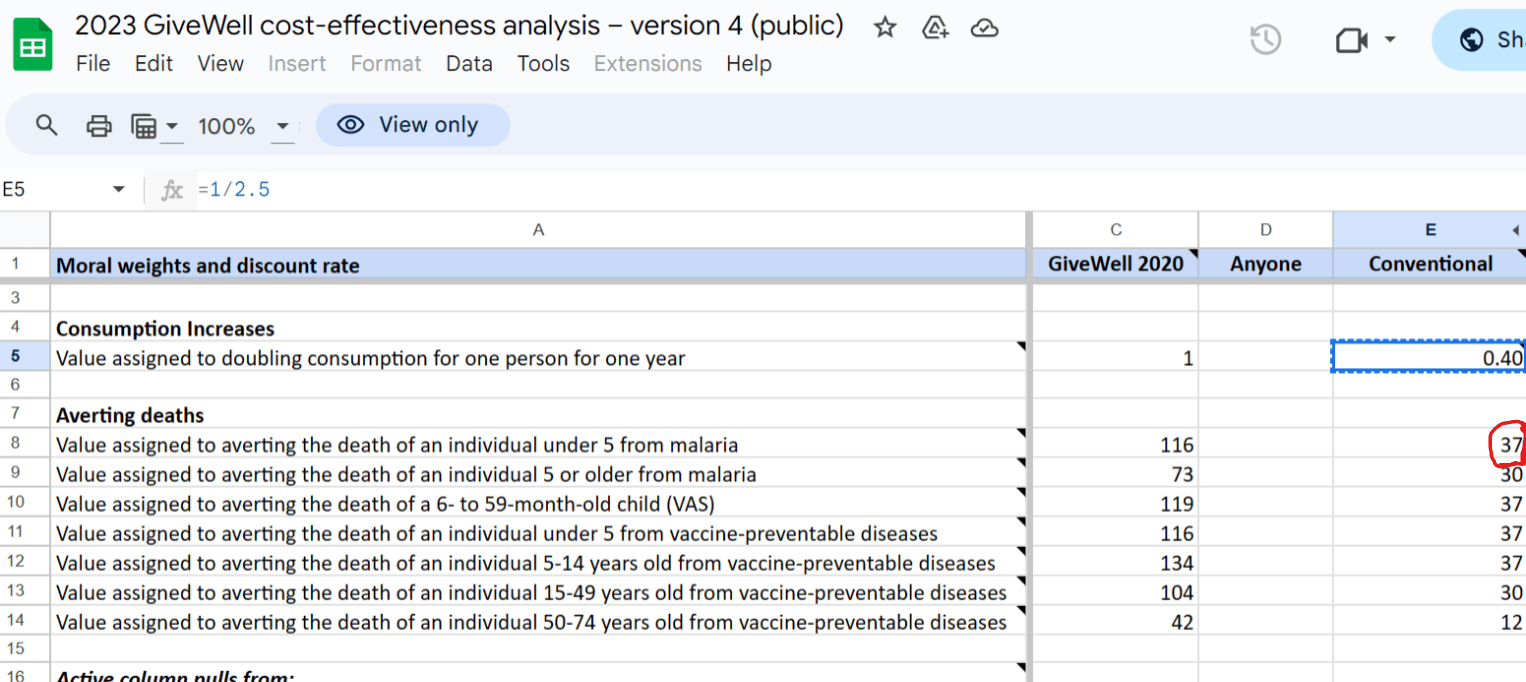
Summary
37-ish (emphasis on the "ish") QALYs per life saved as used in GWWC, and around 0.01 QALYs per dollar, or 3 days, 15 Hours, and 40 minutes in perfect health per dollar (very roughly).
Notice(s)
At the moment (I am currently undergoing more ambitious and time-effective projects, and this article will likely not be outdated until many months from now, if ever.), some parts of this estimate are under review. This article still serves its current objective, which is to help with everyday things, like: "Should I buy a fancy birthday cake or get a less fancy birthday cake and donate the rest to charity?" but soon, it will become more accurate, to the extent that it could be used in a professional setting. In case you want to know what I'm looking at at the moment to get more info, here are the links: GiveWell's 2020 moral weights, [Shared] Evaluation report: GiveWell (GW) (Mostly p. 22), and 2023 GiveWell cost-effectiveness analysis – version 4 (public).
Since charities and GWWC's recommendations change over time, I imagine this estimate will be accurate enough to serve this purpose until about 2026 and will be updated regularly (and become more accurate upon a request that is in the comments).
The estimates
GiveWell's website estimates $3,500-$5,500 USD required to save a life, Depending on the charity(List of USD required per life for GiveWell's recommended charities)[1](This part is under review), though their metrics don't neatly map onto quality-adjusted life years; GiveWell estimates that the "Conventional" value of a life saved would be 37 QALYs[2][3](This part is under review), which also aligns with the estimate that someone who has done research regarding GiveWell has given me and is good enough for an estimate. 
- ^
GiveWell. (April 2023). "How We Produce Impact Estimates – April 2023 version". Retrieved November 24, 2023, from https://www.givewell.org/impact-estimates/april-2023-version
- ^
GiveWell. (2023). "2023 GiveWell cost-effectiveness analysis - version 4 (public)". Retrieved November 27, 2023, from https://docs.google.com/spreadsheets/d/18ROI6dRdKsNfXg5gIyBa1_7eYOjowfbw5n65zkrLnvc/edit#gid=1362437801
- ^
It seems to be a measure of QALYs, as the footnote for the value above it (the value assigned to doubling consumption for one person for one year) mentions DALYs.
- ^
GWWC. (November 22, 2020). "GWWC is funding constrained (and prefers broad-base support)". Retrieved November 24, 2023, from GWWC is funding constrained (and prefers broad-base support) (effectivealtruism.org)
- ^
GWWC. (March 30, 2023). "how to interpret our results". Retrieved November 24, 2023, from https://www.givingwhatwecan.org/en-US/impact#how-to-interpret-our-results


